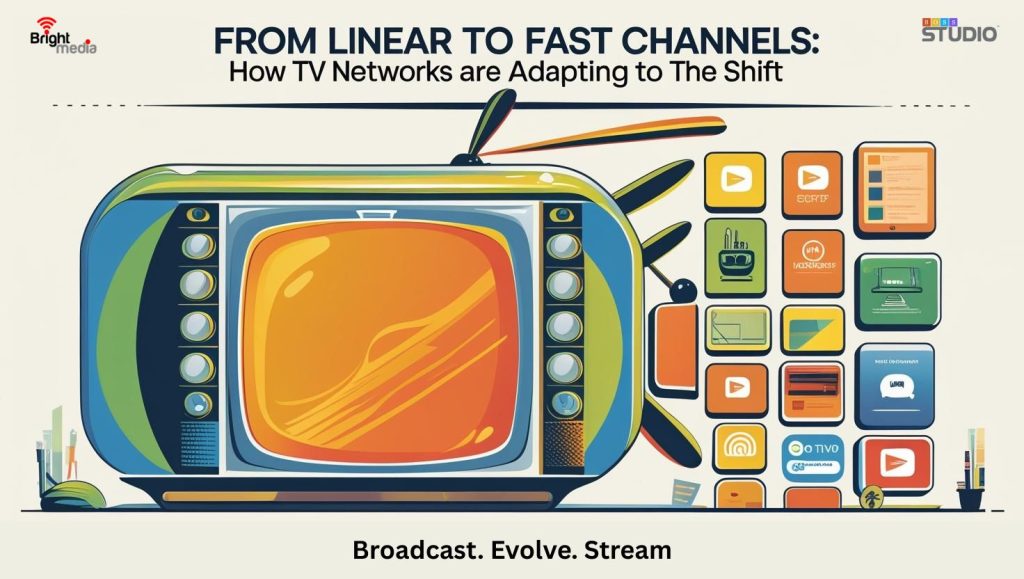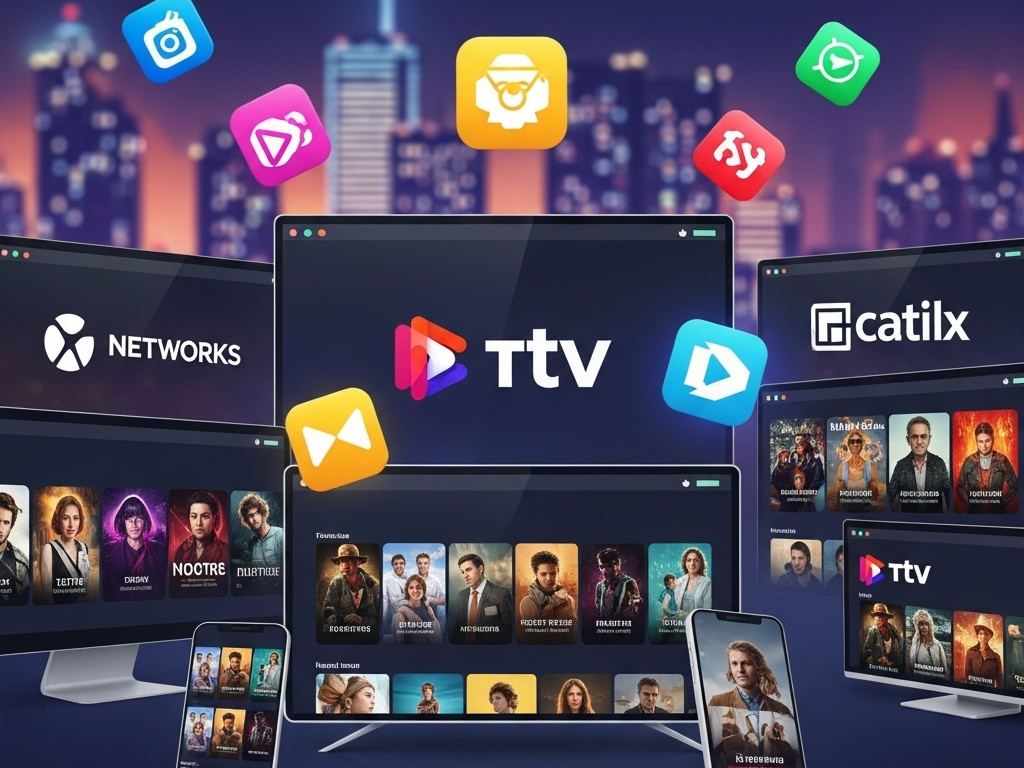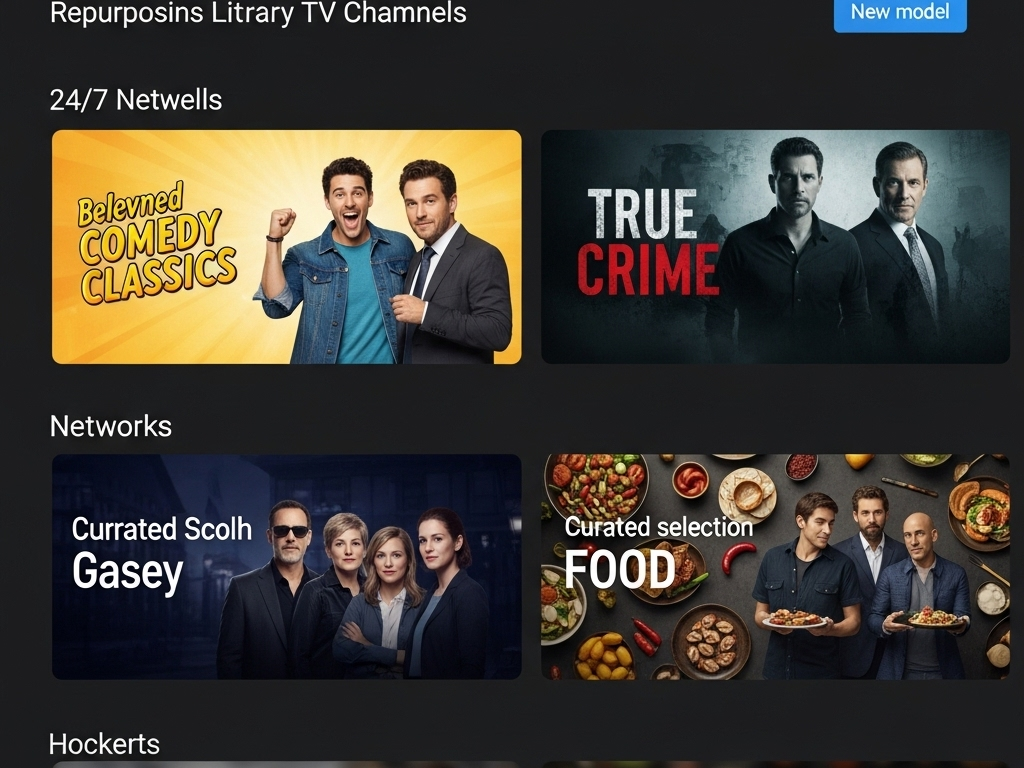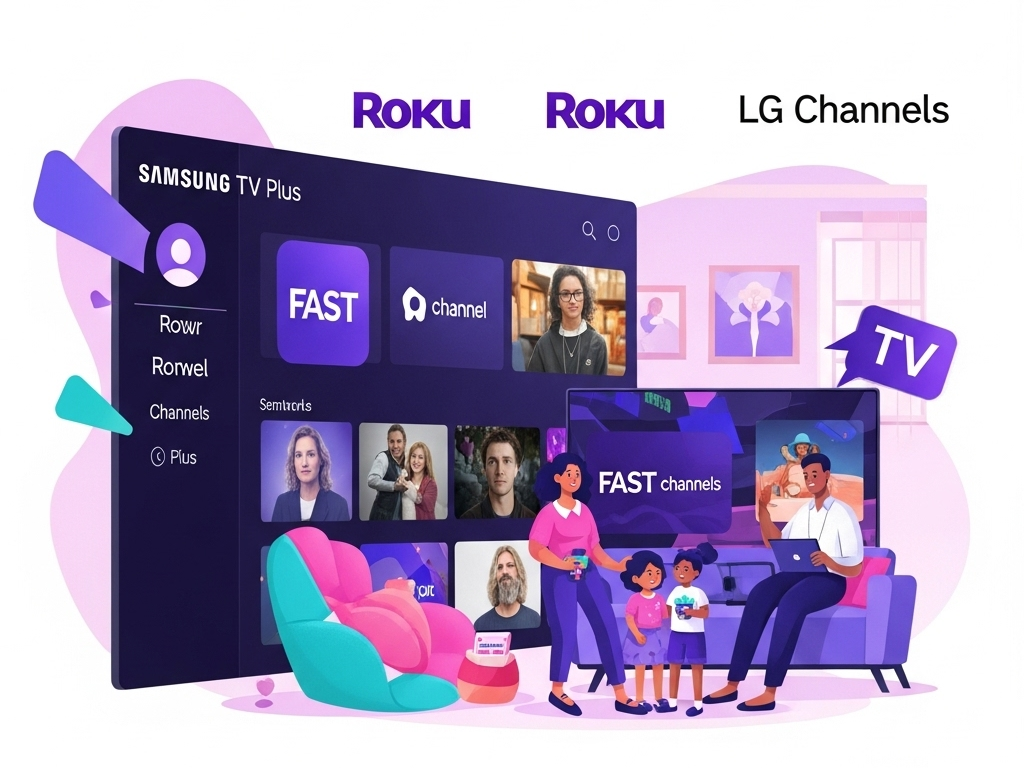
From Linear to FAST Channels: How TV Networks Are Adapting to the Shift
Recall the last time we built our day around television shows? Now it is the shows that just wait on us — and they have a skip button. The television landscape is not just changing — it is being rebuilt — and FAST channels are at the core of that rebuilding.
As free, ad-supported streaming continues to rise (and suckle the very marrow from the bones of general ad-supported media), networks are rewriting their own playbook. No subscription, no primetime pressure — just a constant stream of content, and it is on cue. But that does come with some challenges. Let’s dive into how legacy networks and channels are adapting, evolving, and learning to become one with the speed of streaming.
Also Read: The Role of Cloud Technology in Broadcast Scheduling
How TV Networks Are Adapting to the Move from Linear to FAST Channels
The decline of linear television has not kept networks down; it has pushed them to innovate. As FAST TV becomes the default, legacy broadcasters must change their game and rethink how they operate to remain relevant, profitable, and visible. Below are some ways they are creating meaningful connections with audiences and working within the obstacles to provide the streaming experience audiences expect in this new landscape:
1. Launching Their Own FAST Platforms

Networks are no longer relying on third-party apps — they are making their own apps. Examples of networks taking back control are Paramount’s Pluto TV, FOX’s Tubi and NBCUniversal’s FAST verticals on Peacock. When networks make their own platforms, they also own the content, sales and viewer experience.
Also Read: The Business of Streaming: How OTT Software Maximizes Revenue
2. Repackaging Archive Content into Genre Channels

Just because it’s old doesn’t mean it’s obsolete. Networks are producing 24/7 genre-based channels compiling their own massive content libraries into channels featuring madness from comedy classics, true crime shows, food shows, etc. It’s smart, inexpensive, and lifts evergreen content.
3. Adoption of Smarter Advertising

FAST provides an opportunity for something linear TV has never been able to do: ad personalization. The combination of data and viewer actions allows networks to offer targeted ads in the moment, leading to higher ad effectiveness engagements from viewers and more ad revenue as networks are not alienating viewers with ads viewers do not want to see.
4. Using Smart TV Brands

To remain relevant and top of mind to viewers, networks are signing deals with Samsung TV Plus, Roku, and LG channels, among a few other brands. These deals enable FAST networks to connect to millions of smart TVs (with the embedded FAST channel, of course) and to automatically appear as channels on the smart tv, at no cost to the reader (no login, no install, just immediate visibility).
Also Read: From Playlists to Ads: How Radio Station Software Simplifies Operations
5. Creating Hyper-Niche Channels

Networks are leaning into niche. Rather than playing to the masses, they’re launching FAST channels around macro genres and viewer passions – “classic game shows,” “vintage reality TV,” or “all courtroom drama all the time.” It’s about attention grabbing through relevance and running with it!
Why FAST Channels is More Than a Streaming Trend
At first grasp, FAST may seem like just another victim of an oversaturated streaming market – but it’s way more than that. It’s not trying to be the next Netflix, nor YouTube. It combines the benefits of traditional linear viewing with the ease of digital content. There is no subscription to service, no pressure to binge it all, just plug-in and consume because it’s the kind of content that doesn’t require that commitment.
But what makes FAST powerful is what’s happening behind the screen. Advertisers are getting smarter with data. Networks are bringing their old gold content back to life. And smart TVs are becoming distribution machines. FAST is not just a format — it’s a strategy, a survival plan, and a seriously scalable revenue stream.
In other words, this is not a moment; it is momentum.
Also Read: How to Choose the Right OTT CMS for Your Platform
Conclusion
Television is not dead — it just changed.
In terms of traditional linear broadcast television, consumers once found themselves bound to content delivery in fixed prime time slots. Once we began to see exploitable models for FAST channels – and were immersed in Netflix-style consumption – it changed how we view content forever.
And as everyone’s attention spans have become shorter, and choices have grown wider it is evident that the ones who have passion and value are those who pivot quickly.
So, whether you’re using a smart TV to scroll through channels, or you have a niche for Christie’s Crime Scene in the 2 A.M. hours — you aren’t watching the television at all. You’re part of its evolution. And at BOSS Studio, we’re here for every screen, every shift, and every future-forward move that media makes.
